TPO - With only palm weevil breeding nests, Ms. Lo Thi Cuong (residing in Que Phong district) has a good income of 400-500 thousand VND per day thanks to selling commercial palm weevil.
TPO - With only palm weevil breeding nests, Ms. Lo Thi Cuong (residing in Que Phong district) has a good income of 400-500 thousand VND per day thanks to selling commercial palm weevil.
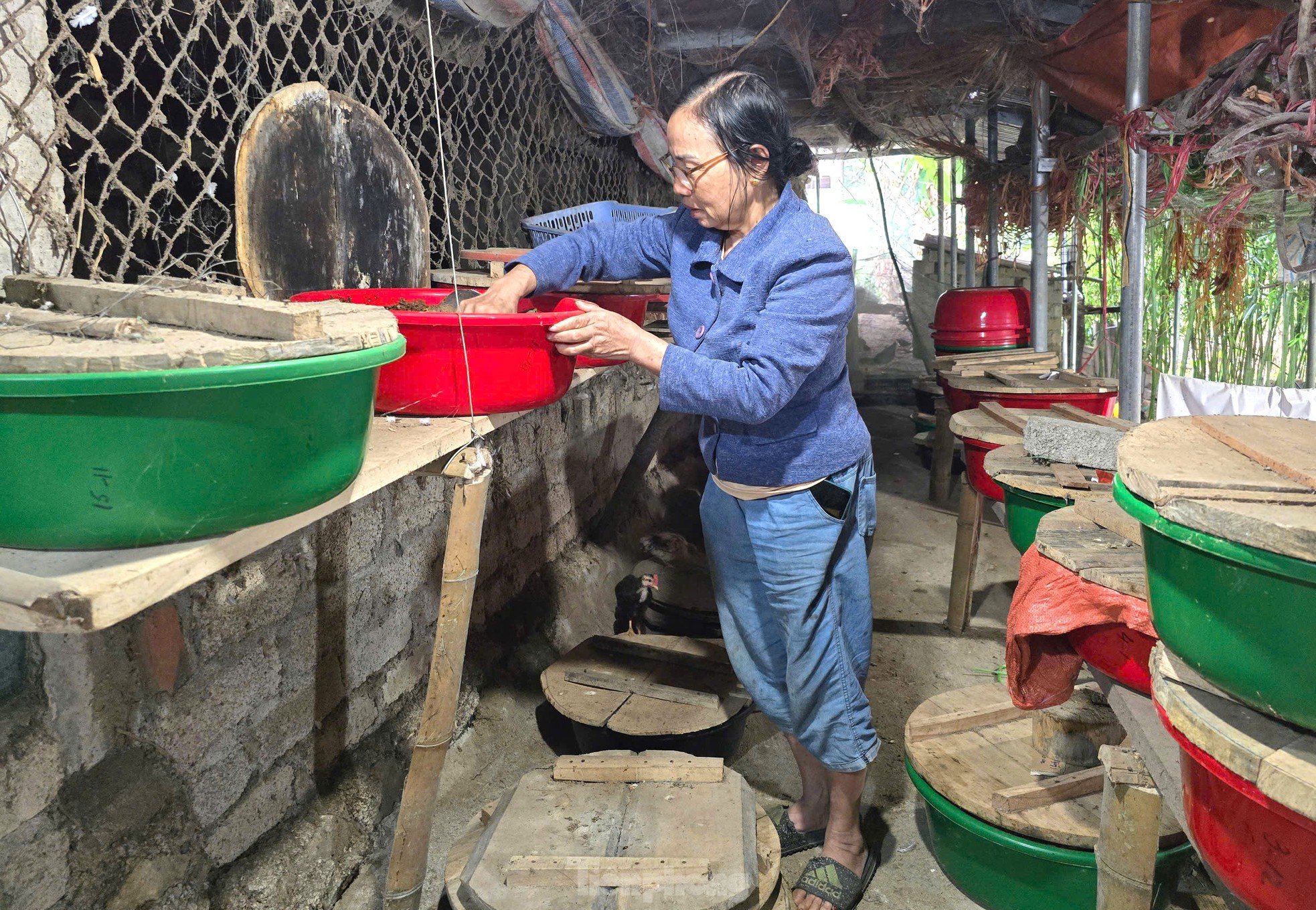 |
Every morning, Ms. Lo Thi Cuong (born in 1960, residing in Chau Kim commune, Que Phong district, Nghe An) carefully opens each plastic pot to check the palm weevil nests she is raising behind her house. Partly to feed the palm weevil, partly to check the development of the palm weevil larvae in order to promptly adjust the amount of food and care. Ms. Cuong said that the palm weevil farming profession came to her by chance. In mid-2024, through a friend's story, Ms. Cuong learned that raising palm weevil was easy and brought good income, so she learned about it. "When I was teaching, I didn't have time. Now that I'm retired and have free time, I'm looking for a job. After visiting their model, I learned more about how to raise and care for them from many places, then I came back and made pots to raise them," Ms. Cuong said. |
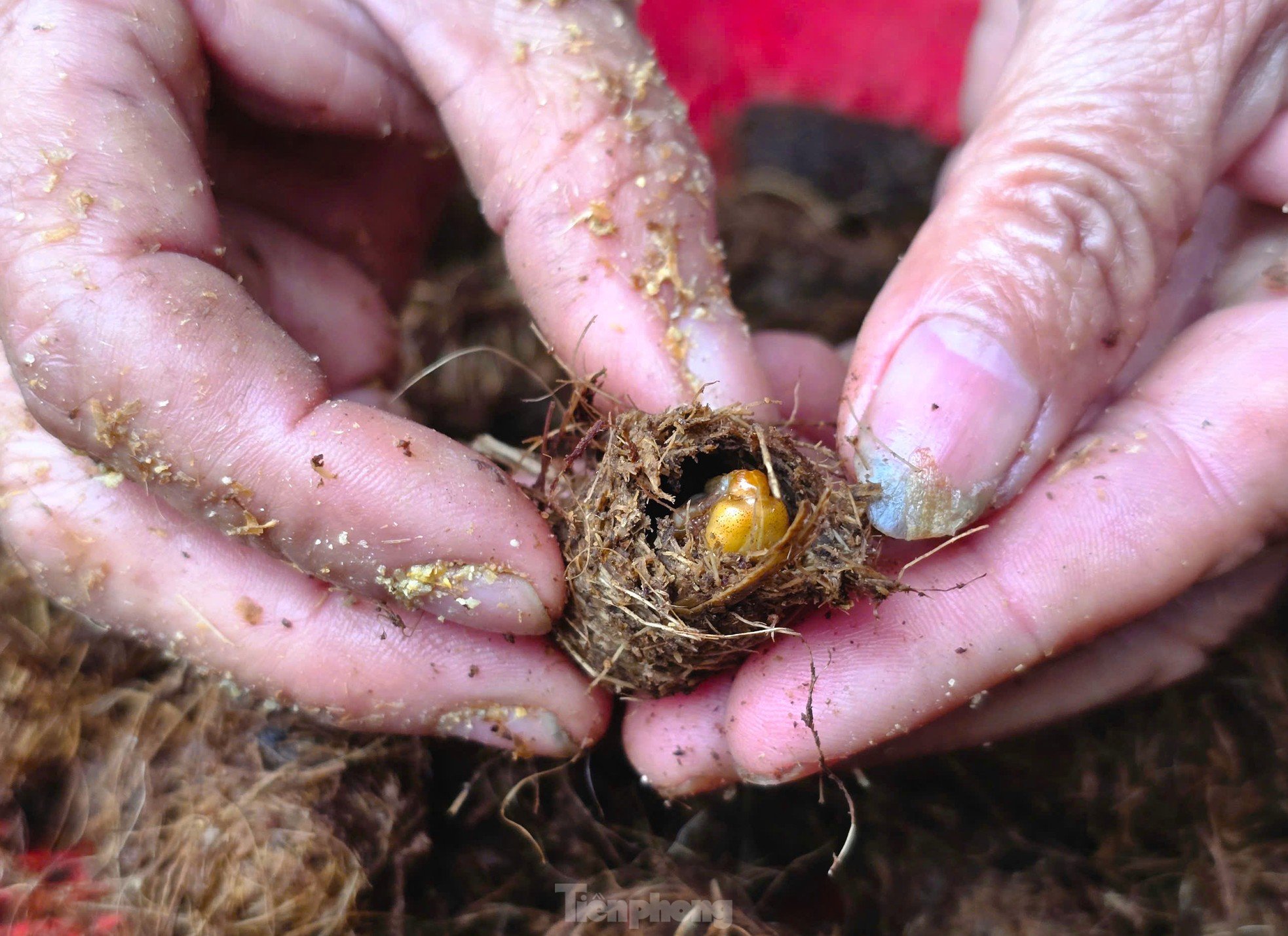 |
In June 2024, Ms. Cuong went into the forest to find and catch wild palm weevils to take care of and breed. |
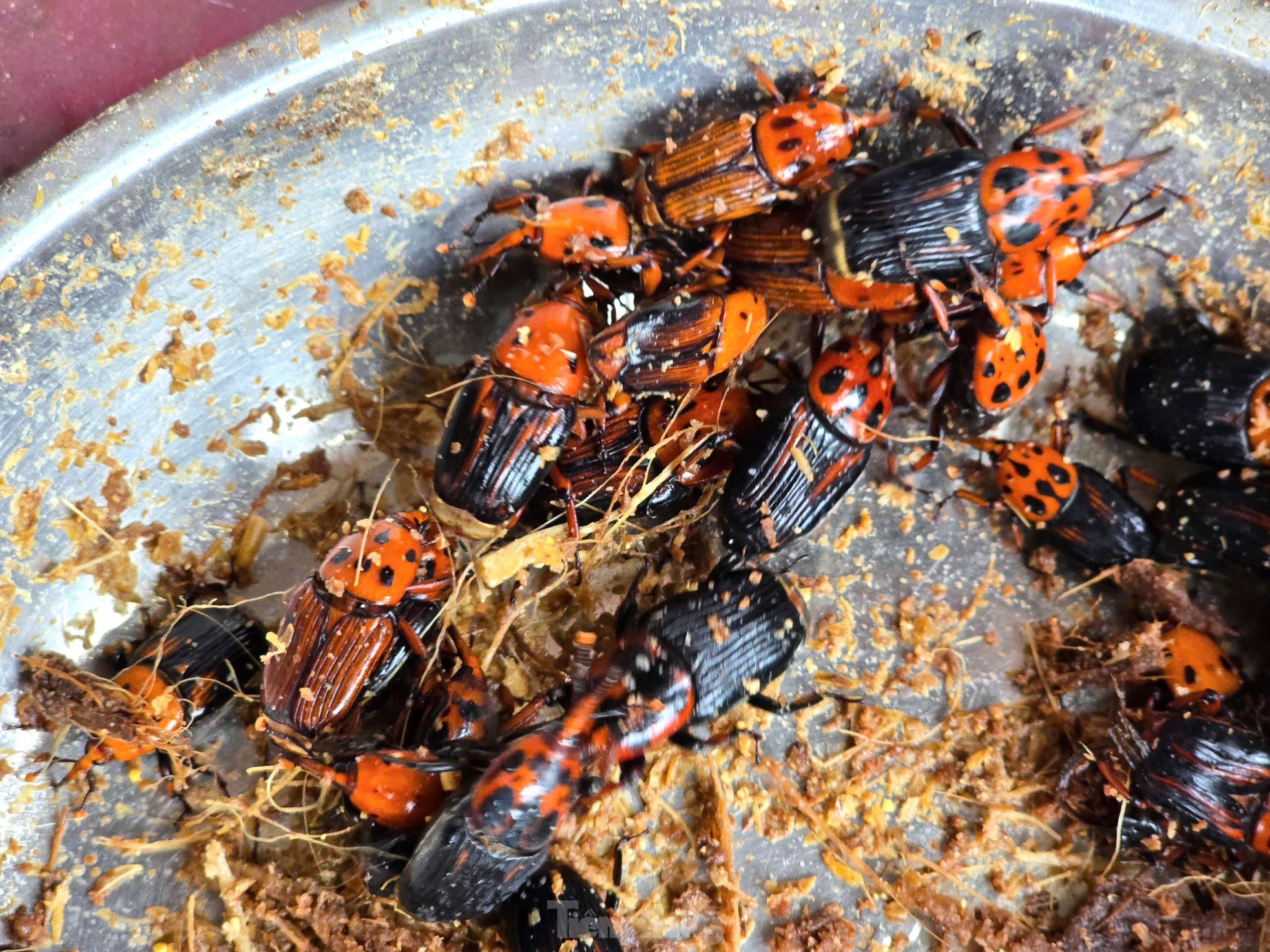 |
“At first, I caught 40 palm weevils and raised them until they became king ants. I continued to use these king ants as breeding stock to produce palm weevil larvae. After 1 month, I had nearly 200 pairs of king ants,” Ms. Cuong confided. |
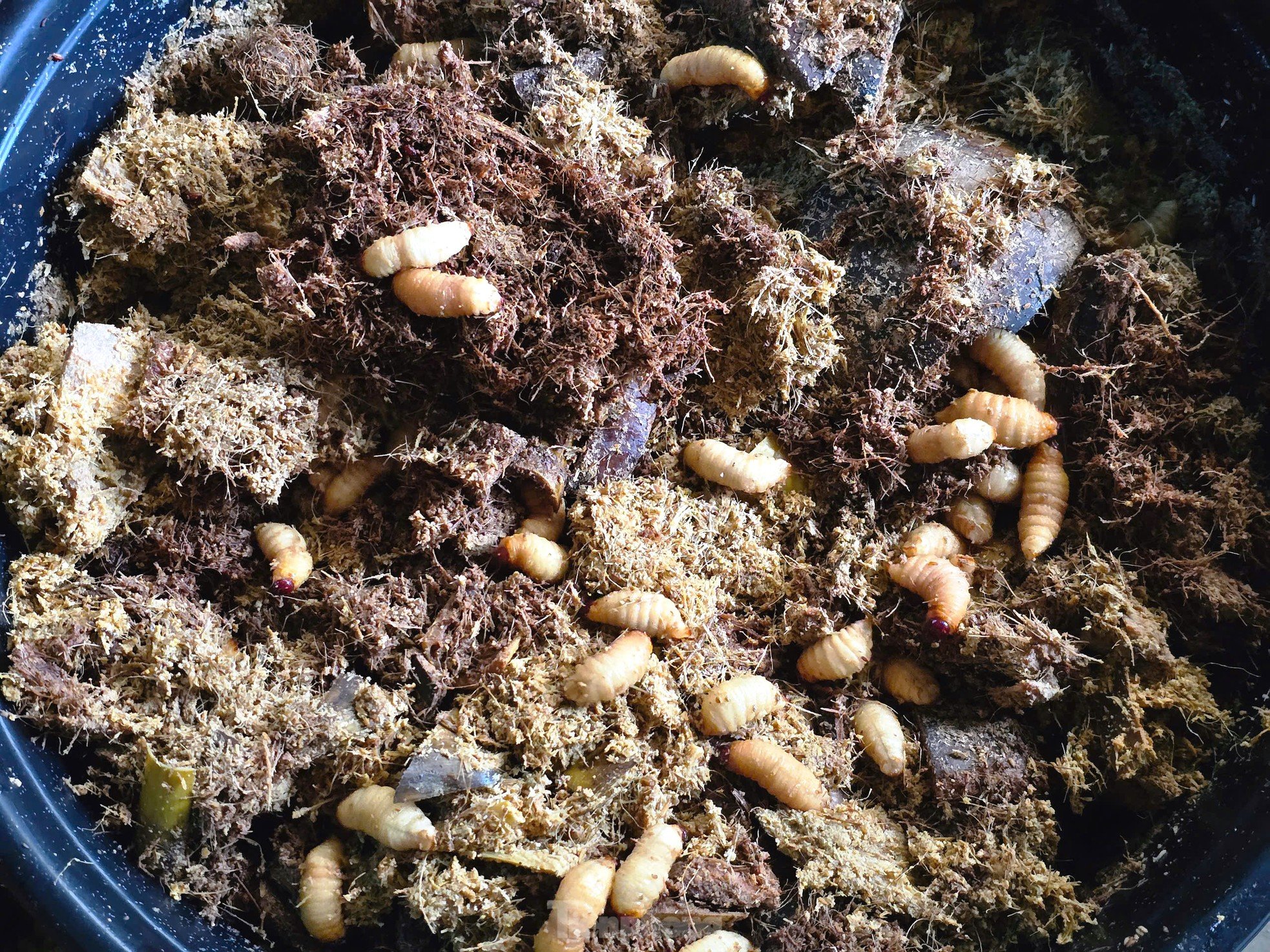 |
After having the larvae, Ms. Cuong started to raise them commercially in large quantities. From 5 pots, Ms. Cuong continued to multiply them to 10 pots, 20 pots. Up to now, Ms. Cuong has nearly 80 pots of palm weevils that overlap each other over time to have a continuous harvest. |
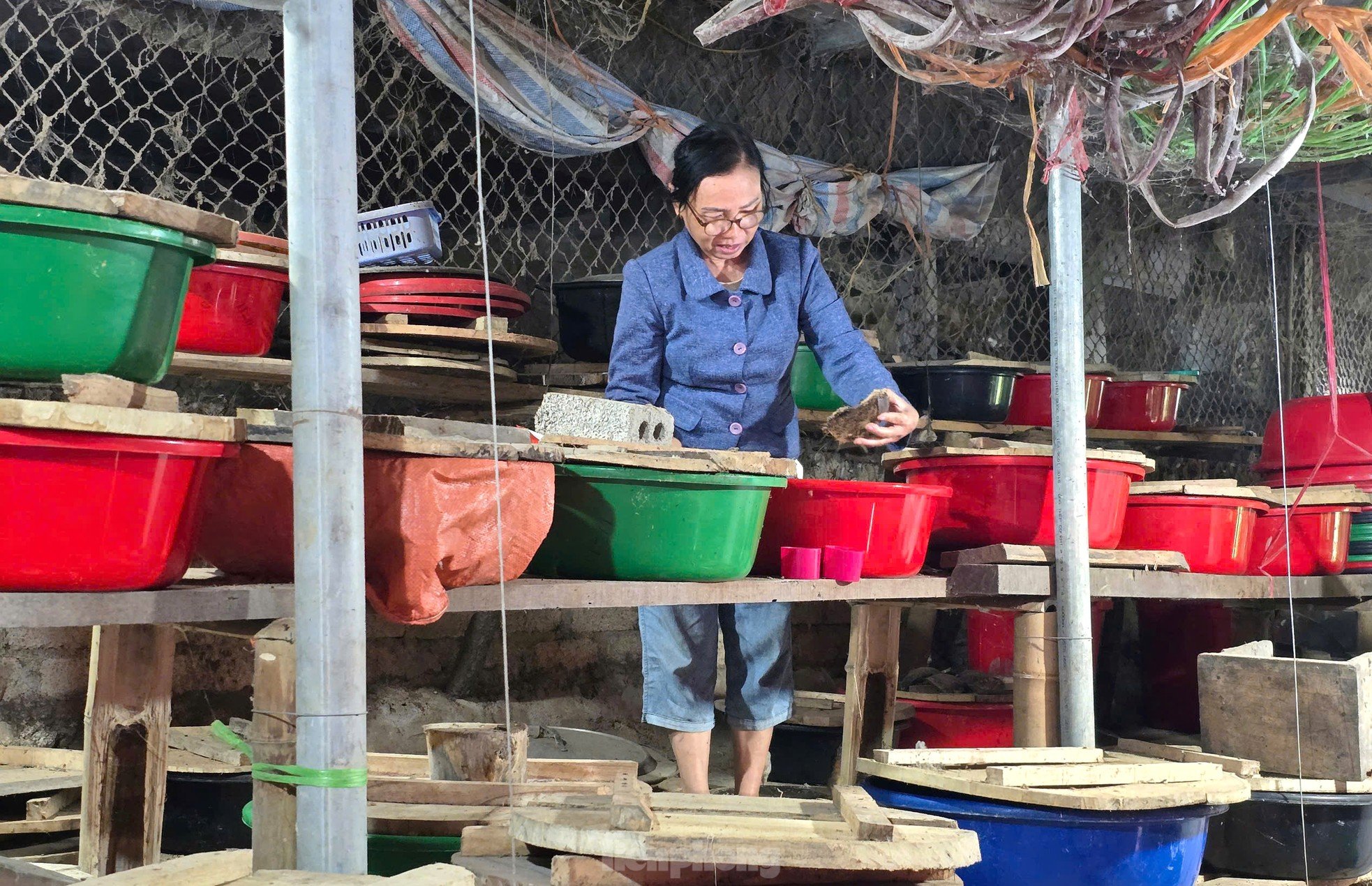 |
The palm weevil nest was made by Mrs. Cuong from carefully covered plastic pots. |
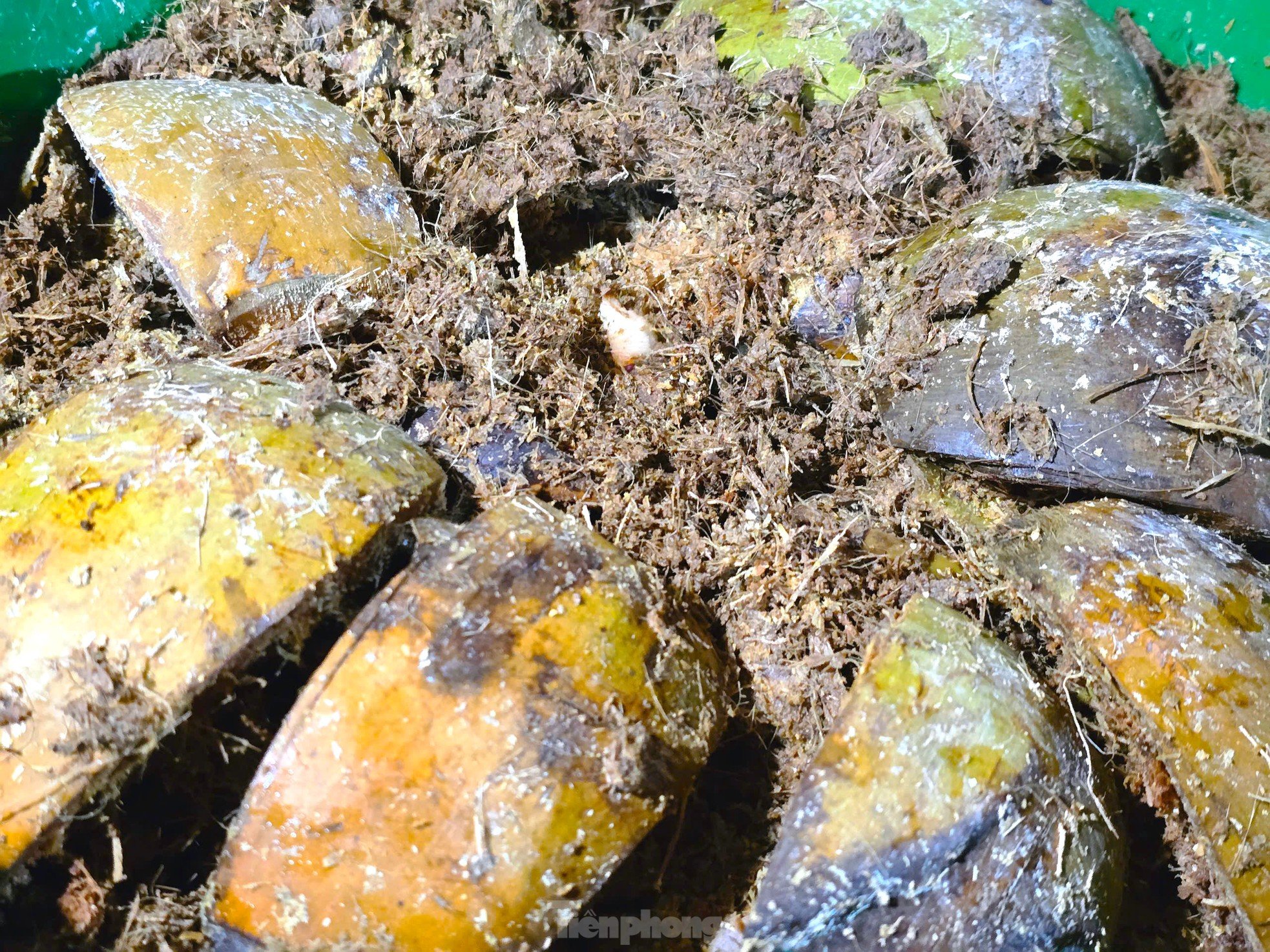 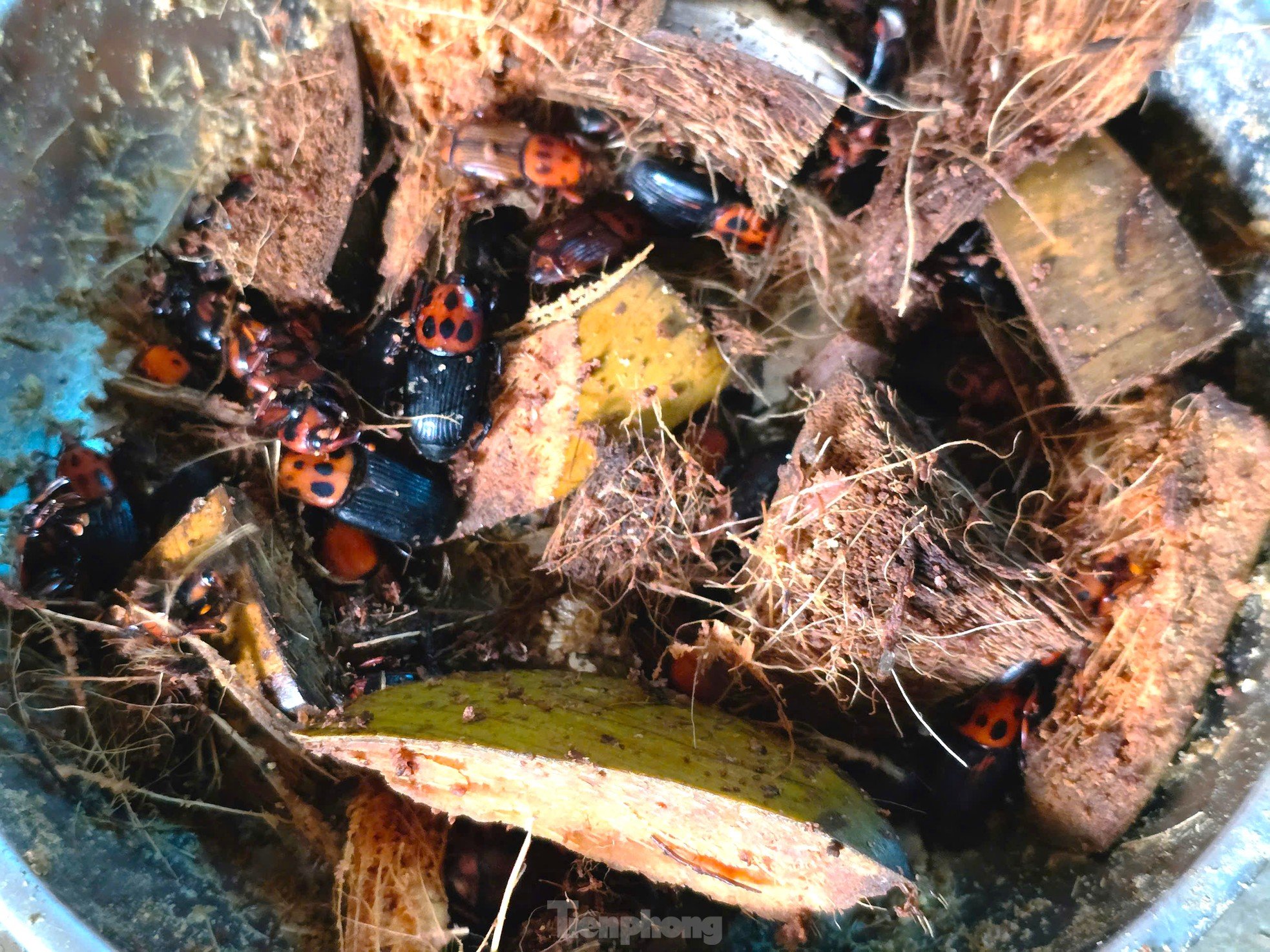 |
Ms. Cuong said that palm weevils are easy to raise and care for insects. Palm weevils feed on easily available agricultural by-products such as coconut shells, sugarcane, fresh cassava, green bananas or corn flour, rice bran. Of these, coconut shells make up the majority. “Food is easy to find. I beg for coconut shells at water shops. Cassava, bananas, sugarcane, corn bran, rice bran are all available in the area… The care process is not too complicated,” Ms. Cuong said. |
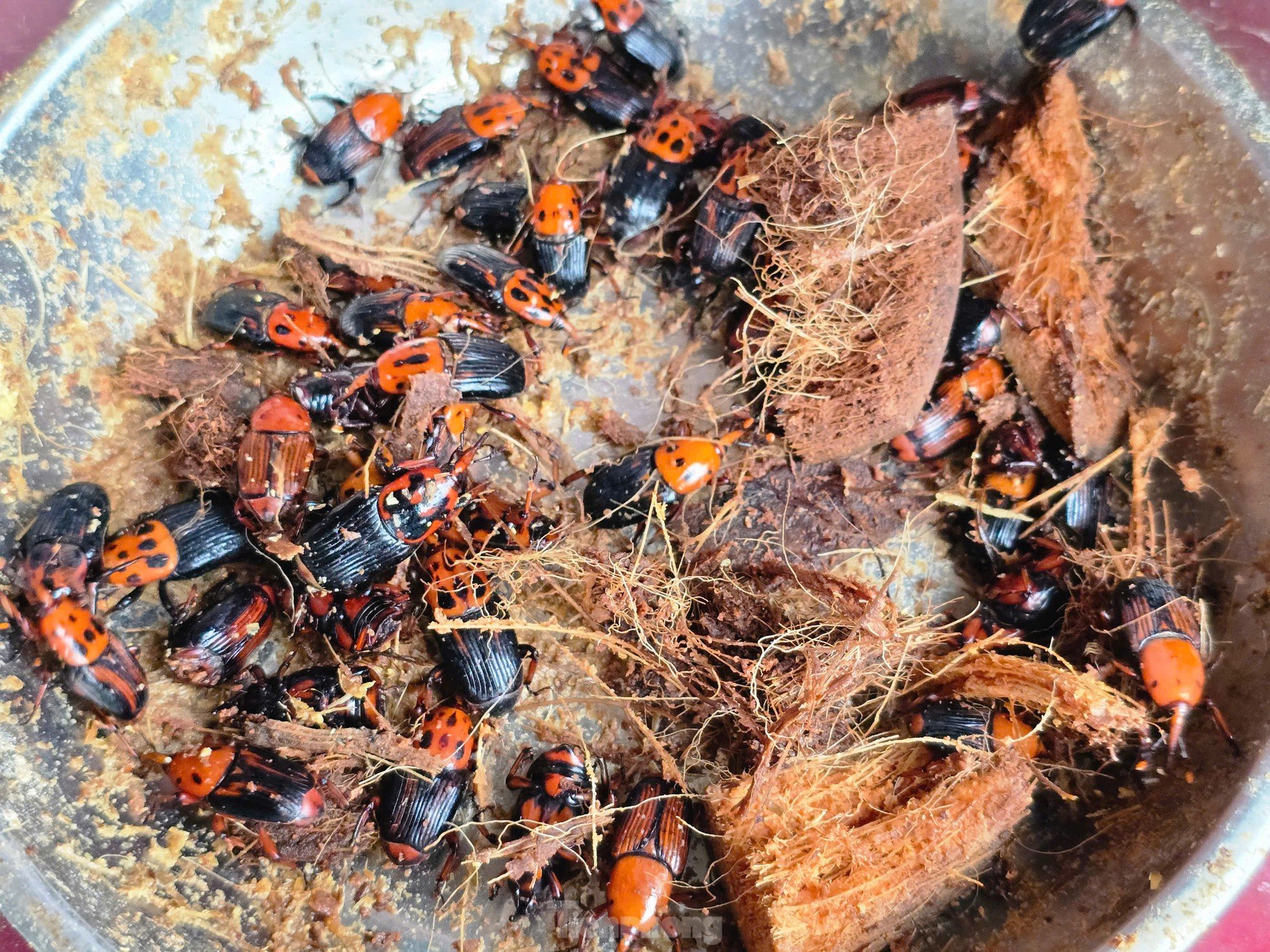 |
Ms. Cuong releases 15 female and 10 male king ants into each nest for breeding. |
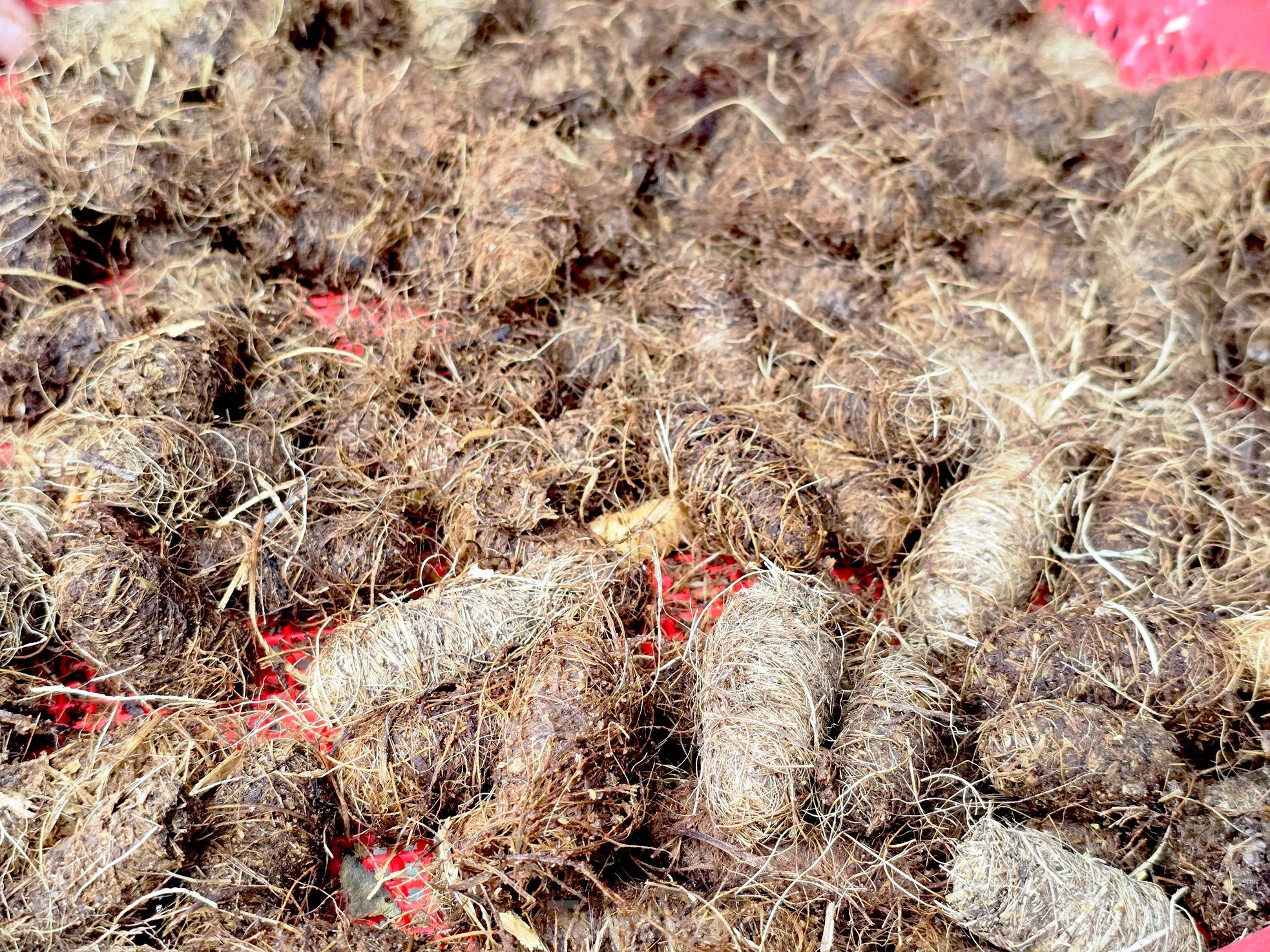 |
After 1 week, the breeding pairs will lay eggs, hatching larvae. After 24 to 30 days of rearing, the palm weevil larvae will develop and be harvested. |
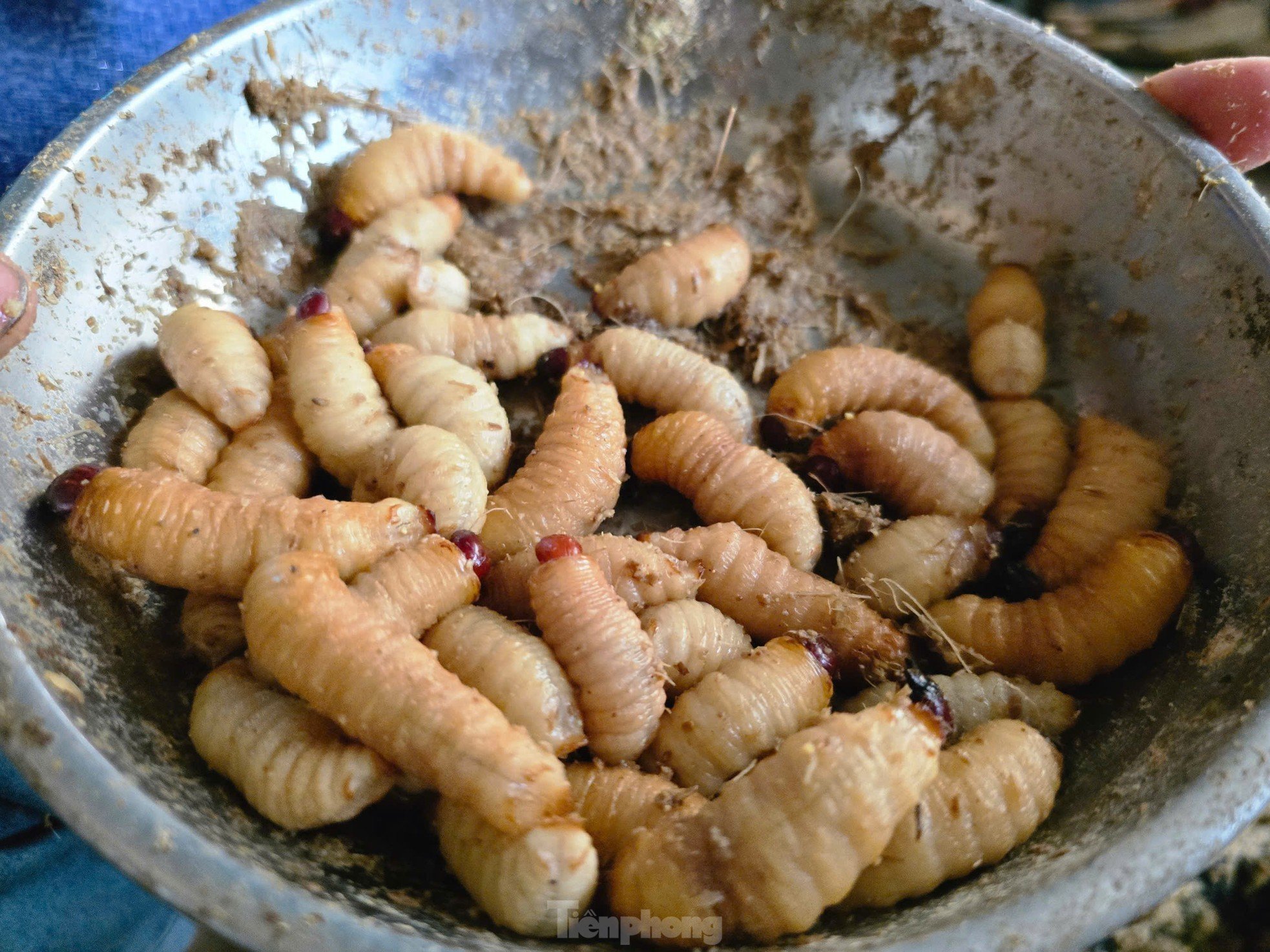 |
When the pupae are plump and their skin turns yellow-white and plump, they are at their most delicious. Thanks to the pillow variety, Ms. Cuong can harvest palm worms continuously. On average, Ms. Cuong harvests 2-3 kg of commercial palm worms per day. One kg has about 200 palm worms and is sold for 220,000 VND. |
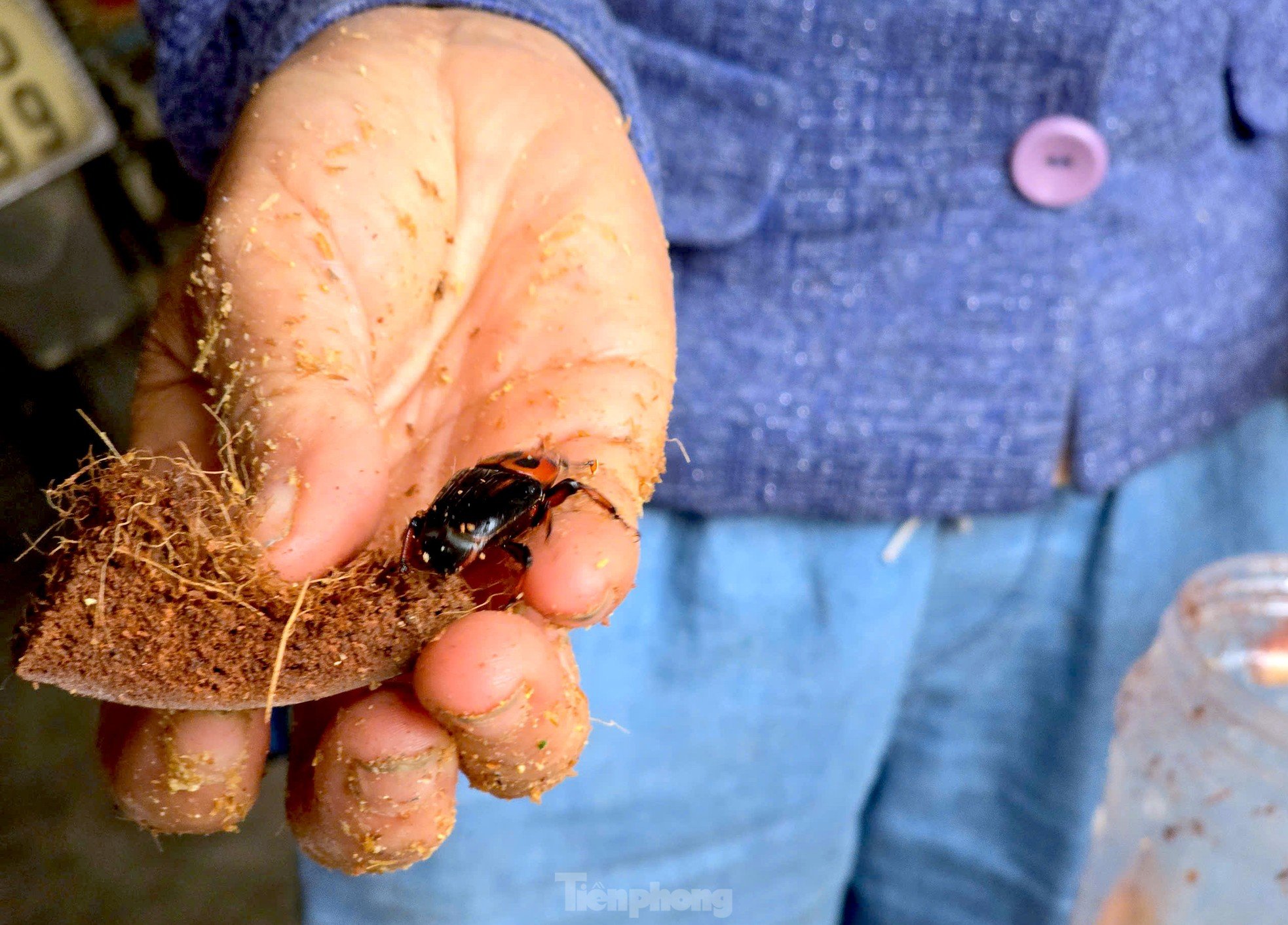 |
Ms. Cuong said that customers who buy palm worms are mainly local people who buy them as gifts or to prepare food. "Palm worms stir-fried with pickled bamboo shoots or stir-fried with lemon leaves and chili are very attractive. Palm worms are raised with clean foods, are fragrant and fatty, and high in protein, so after processing they are very popular with many people," Ms. Cuong said. Mrs. Cuong’s palm weevil farming model is considered effective. Currently, many farmers in the area come to buy seeds and learn from Mrs. Cuong’s model to develop their economy. |
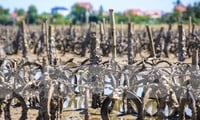
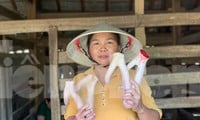
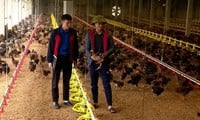
Source: https://tienphong.vn/ba-giao-nguoi-thai-kiem-nua-trieu-moi-ngay-tu-nuoi-con-trung-dac-san-post1720380.tpo

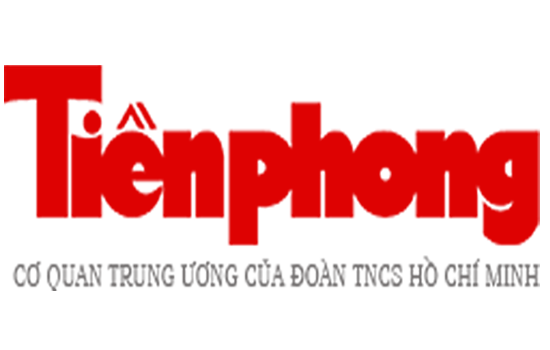




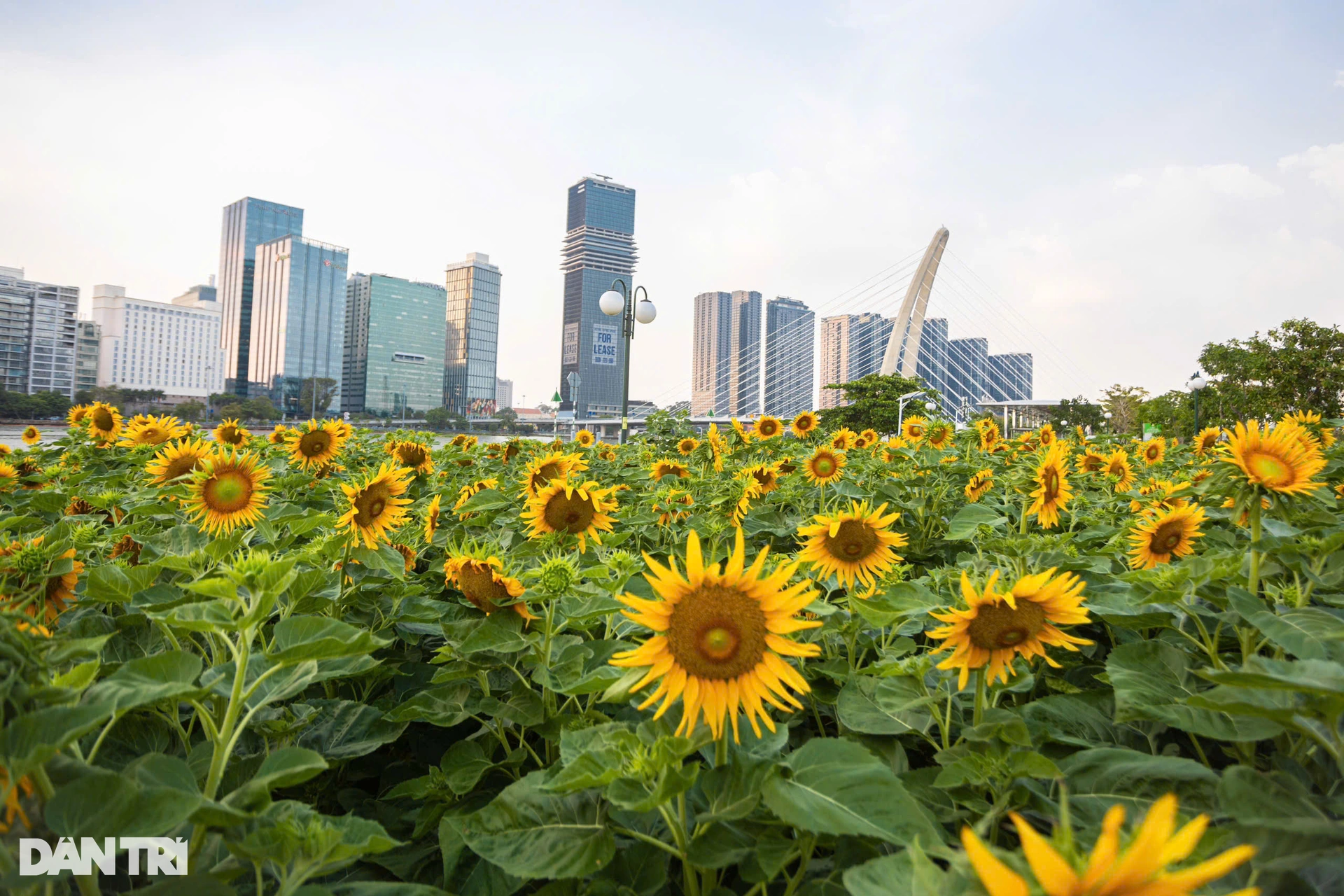












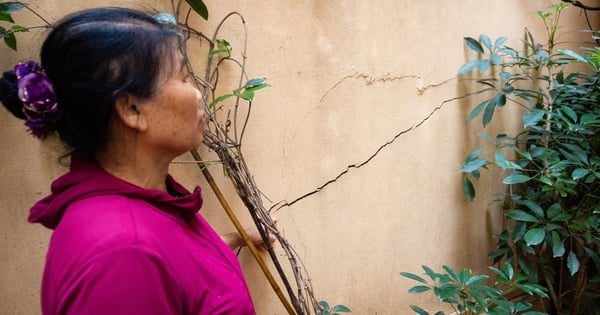











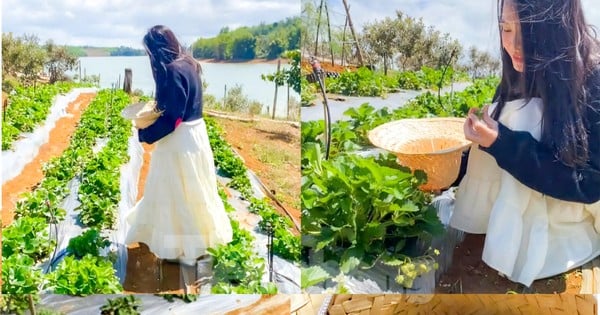

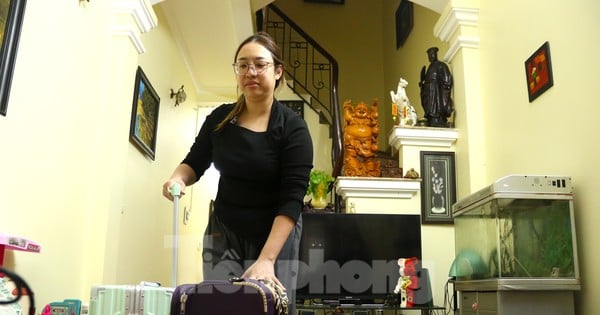
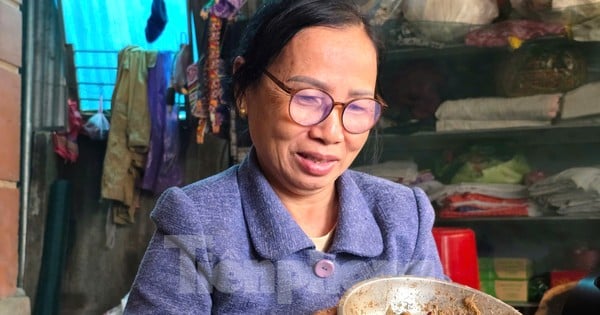
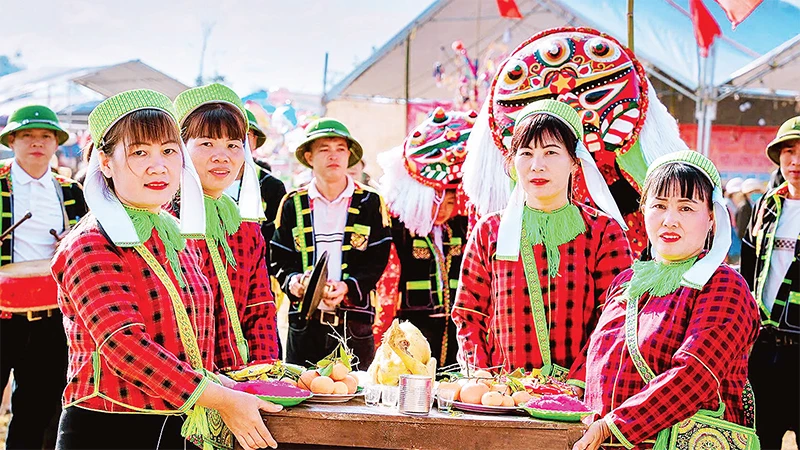

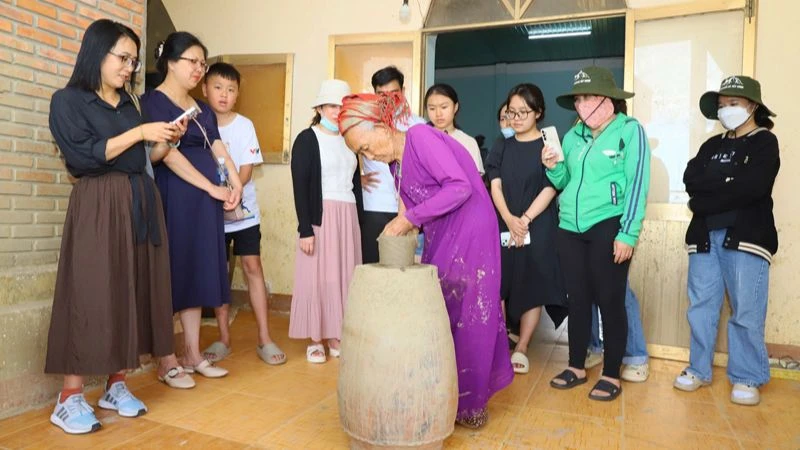


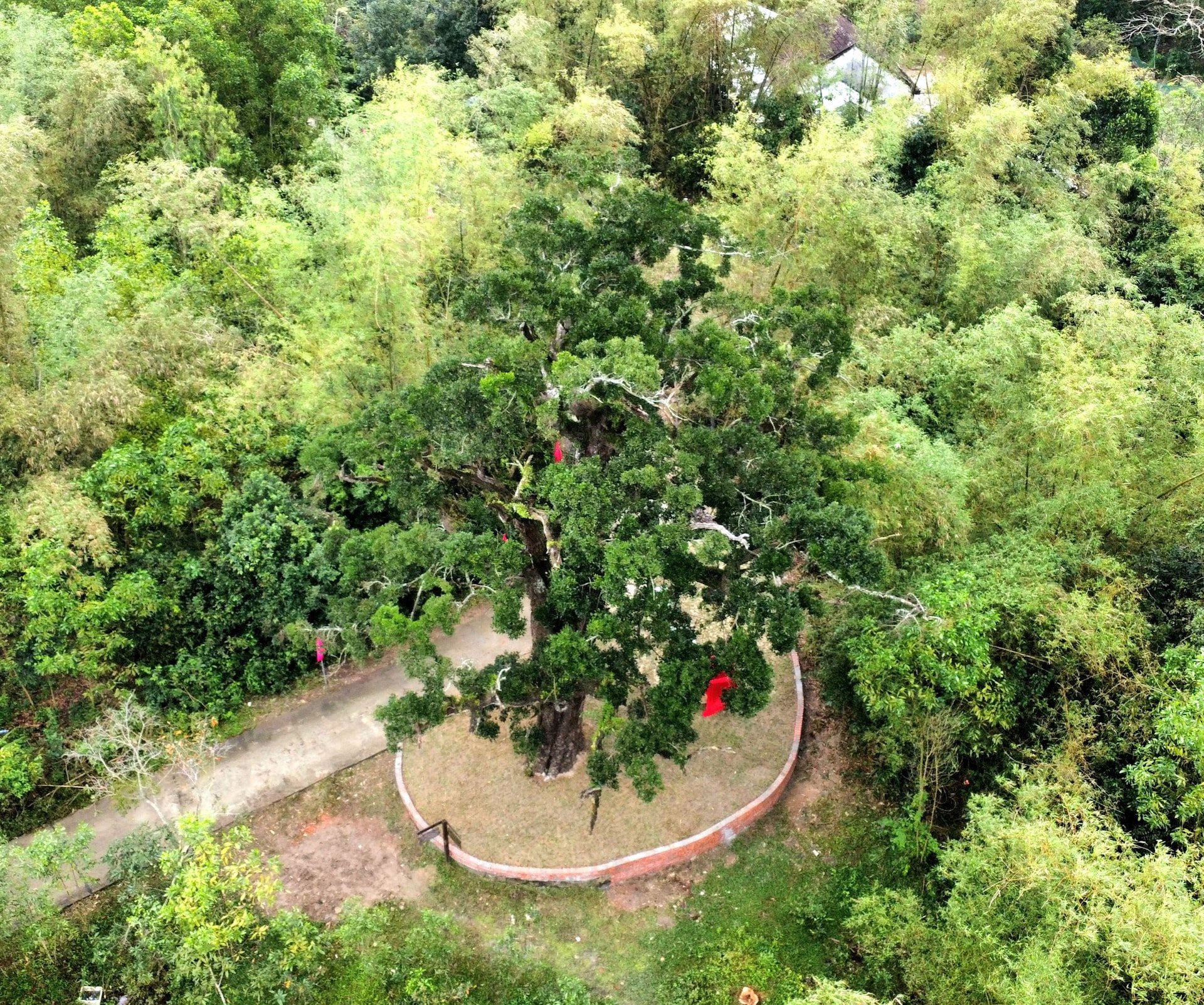






















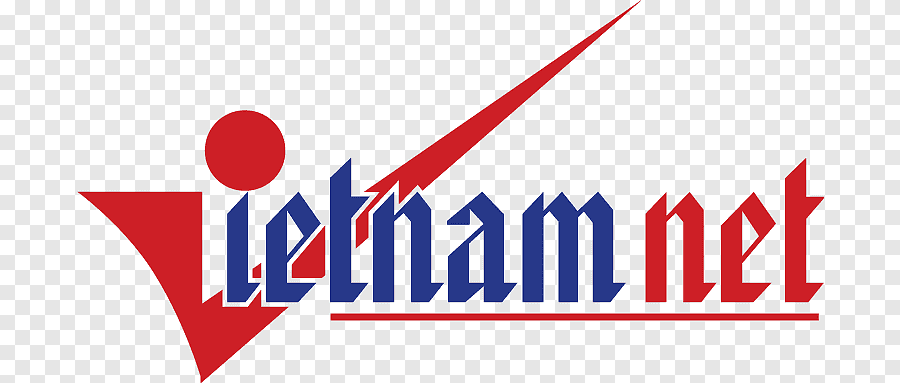









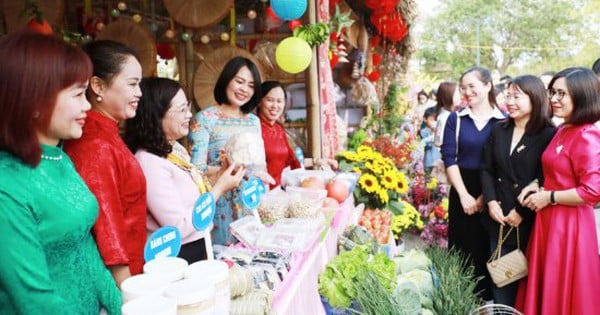


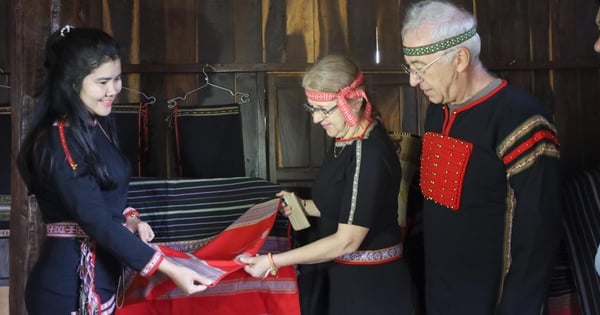
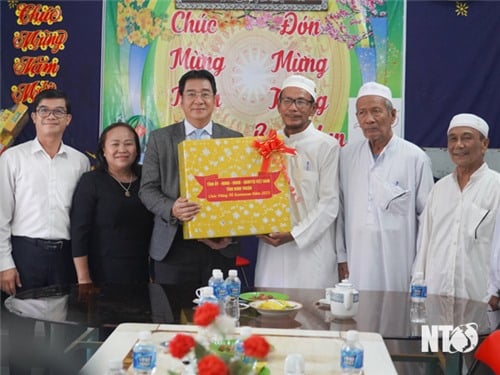


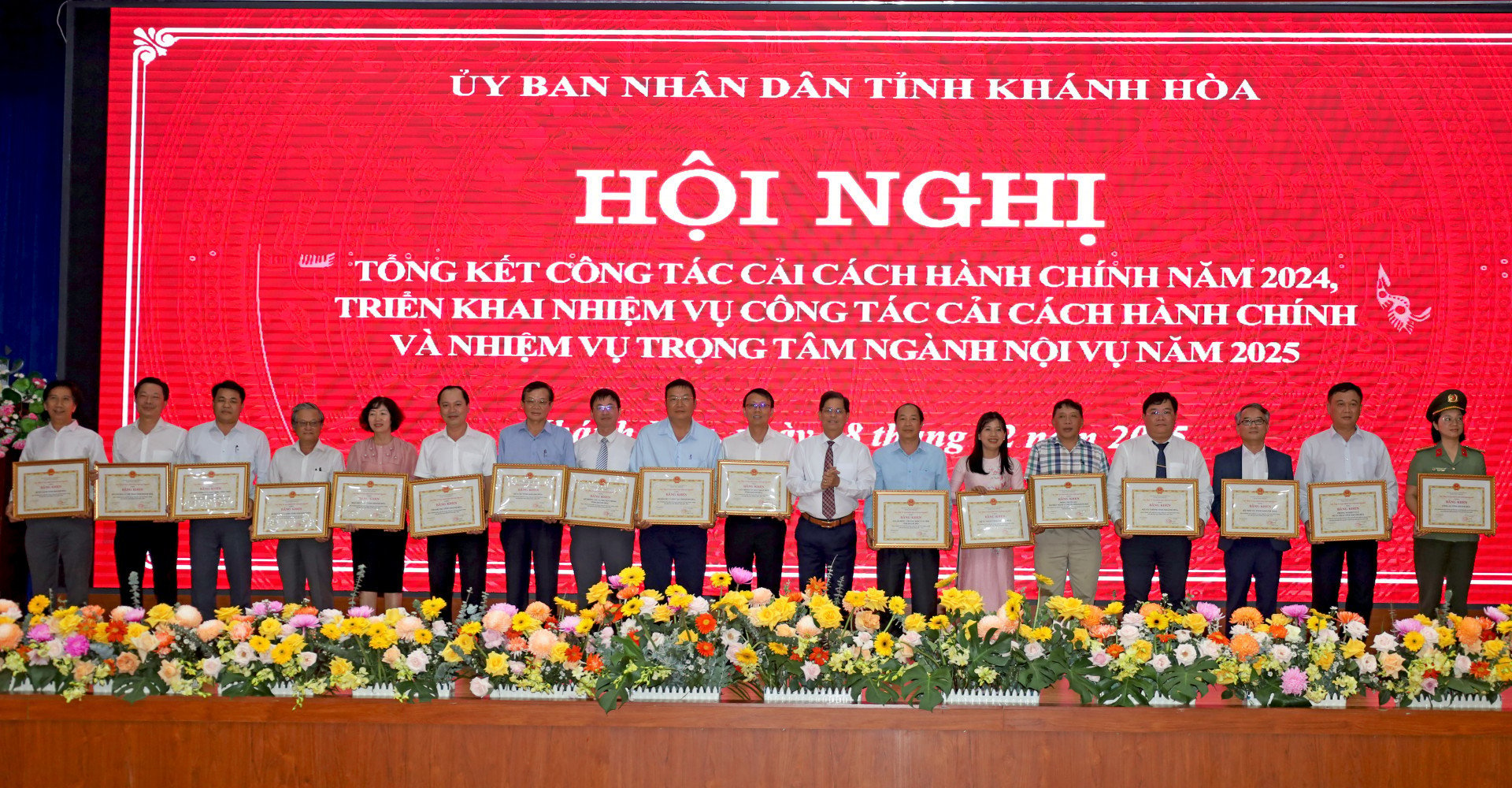




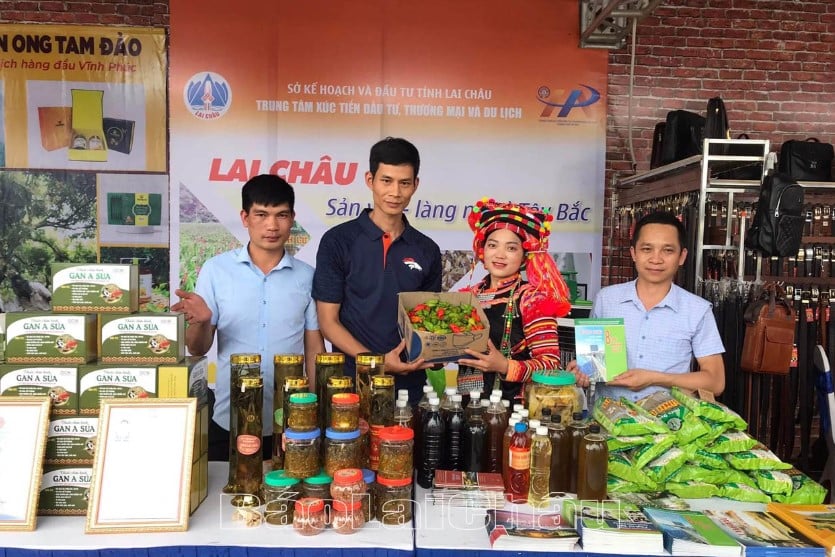

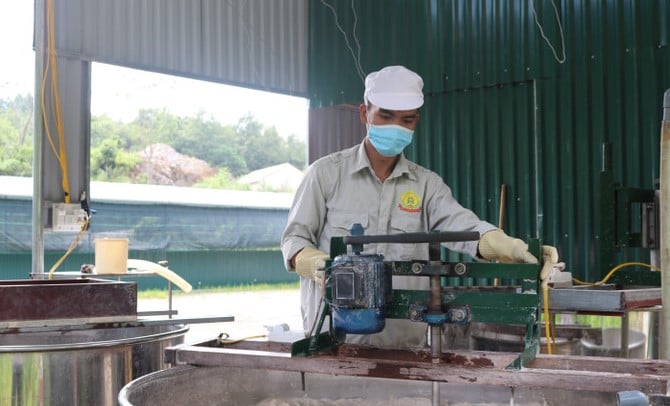
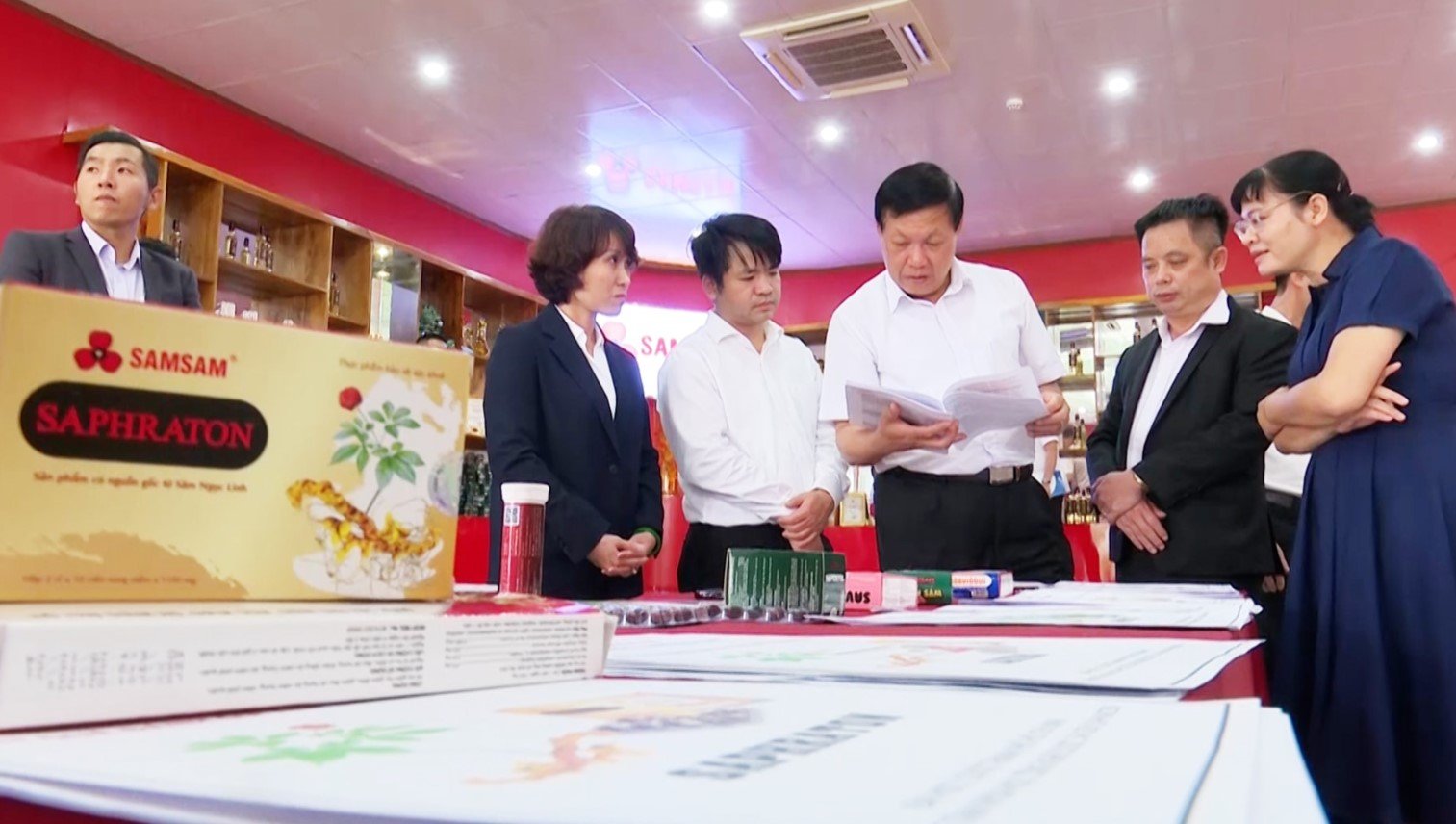
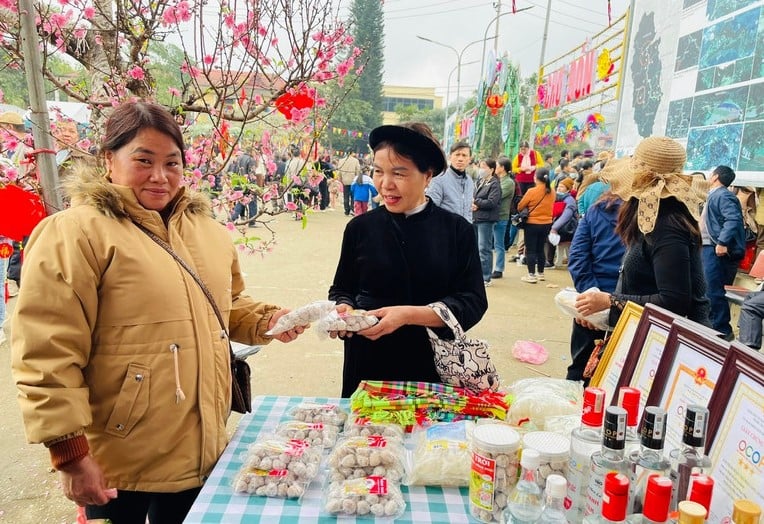

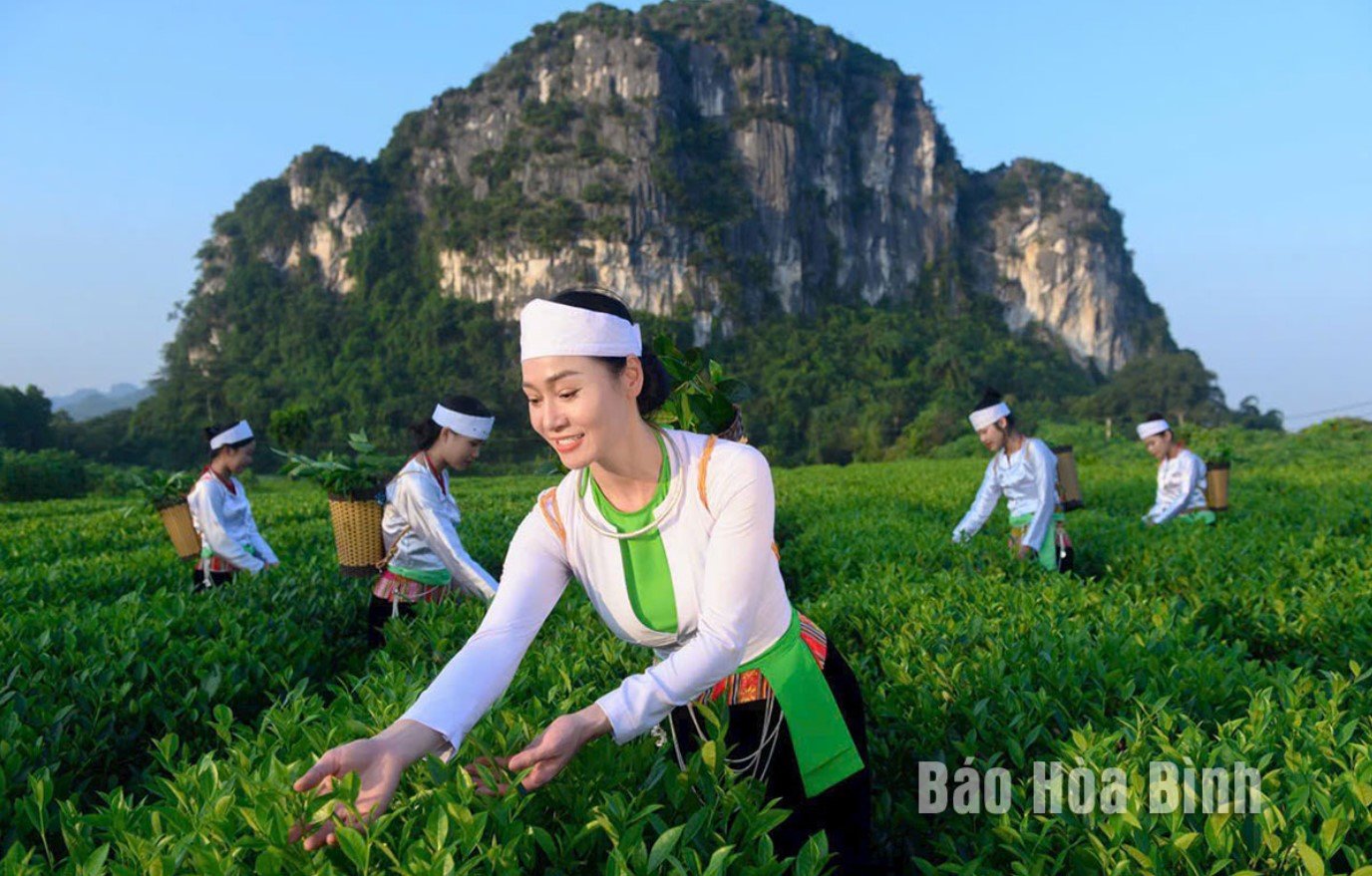
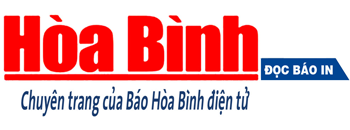
Comment (0)